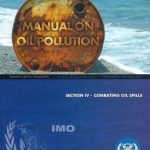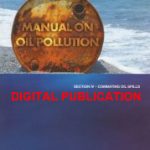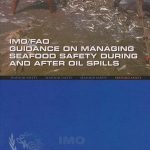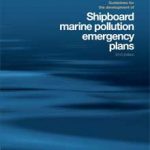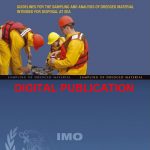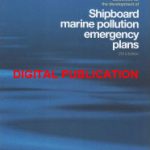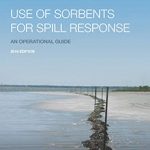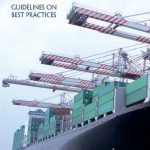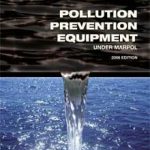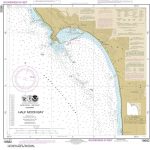Disclosure : This site contains affiliate links to products. We may receive a commission for purchases made through these links.
Bioremediation in Marine Oil Spills (2004 Edition)
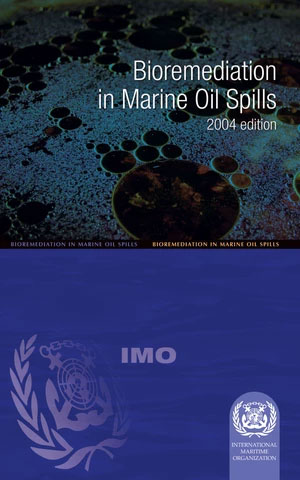
Major incidents such as the Amoco Cadiz (France, 1978), the Exxon Valdez (USA, 1989), the Braer (UK, 1993), the Sea Empress (UK, 1996), the Erika (France, 1999) and the Prestige (Spain, 2002) have provided the stimulus for the development of alternative response techniques to tackle oil pollution both at sea and on the shoreline. One such technique is bioremediation. Although recognized as a potential response option 30 years ago, it is receiving renewed attention as more environmentally accetable clean-up methods are sought and as new claims of the potency of bioremediation are made.The aim of these guidelines is to provide users with clear criteria to enable them to evaluate the circumstances in which to consider the use of bioremediation for shoreline cleanup. These guidelines are not intended to address the treatment of waste generated oil spills. They contain a summary of the most important bioremediation processes and decision-making criteria. The various strategies are discussed and some suggestions as to how to monitor the effectiveness and check for possible adverse consequences of the technique are made. Suggestions for further reading are also provided for readers who wish to study this subject in greater detail.











